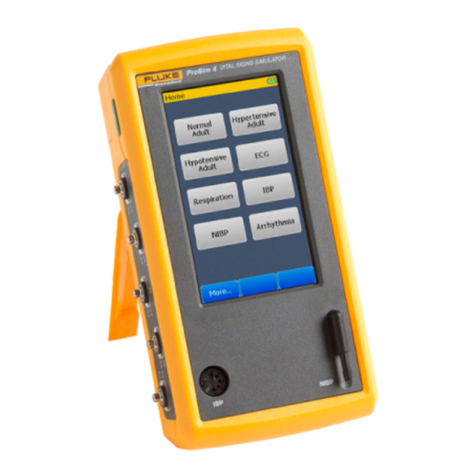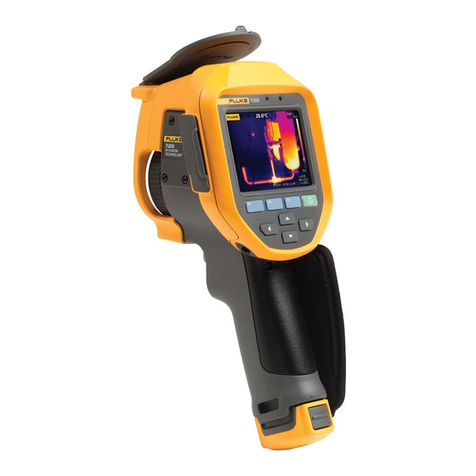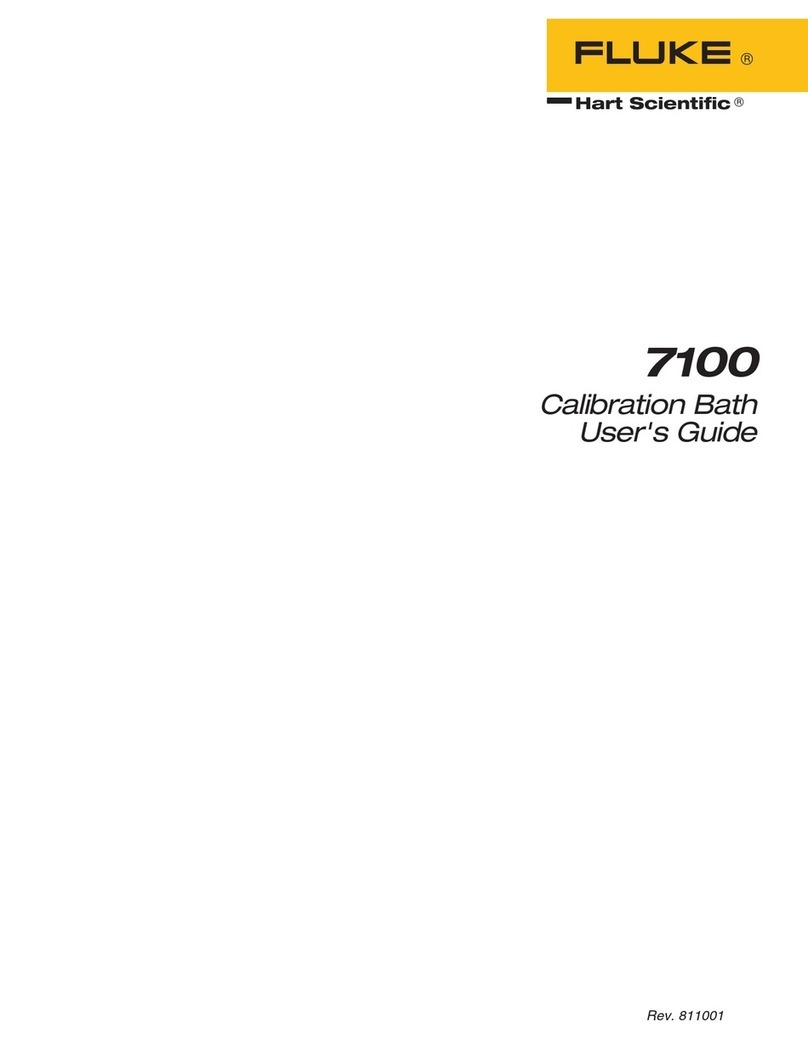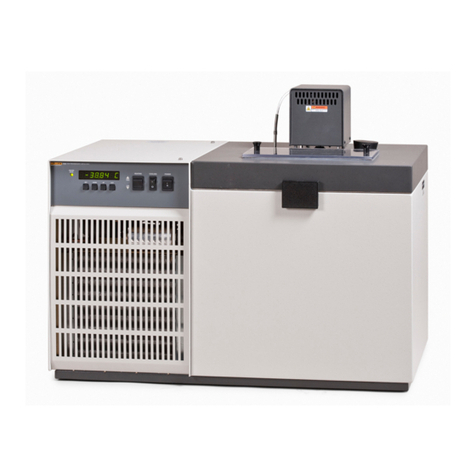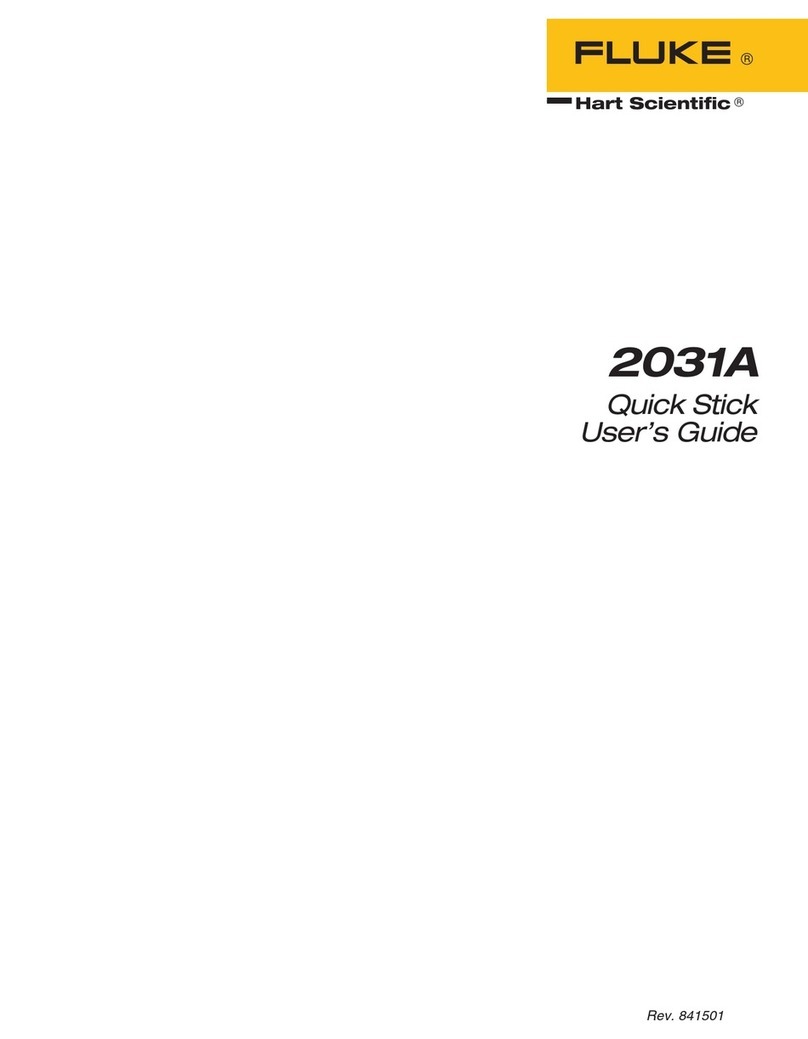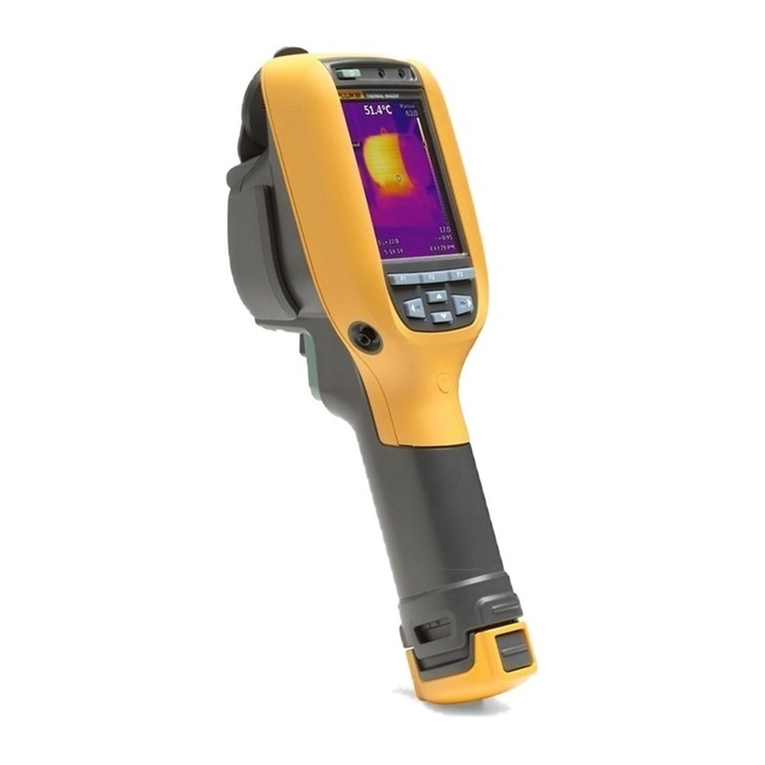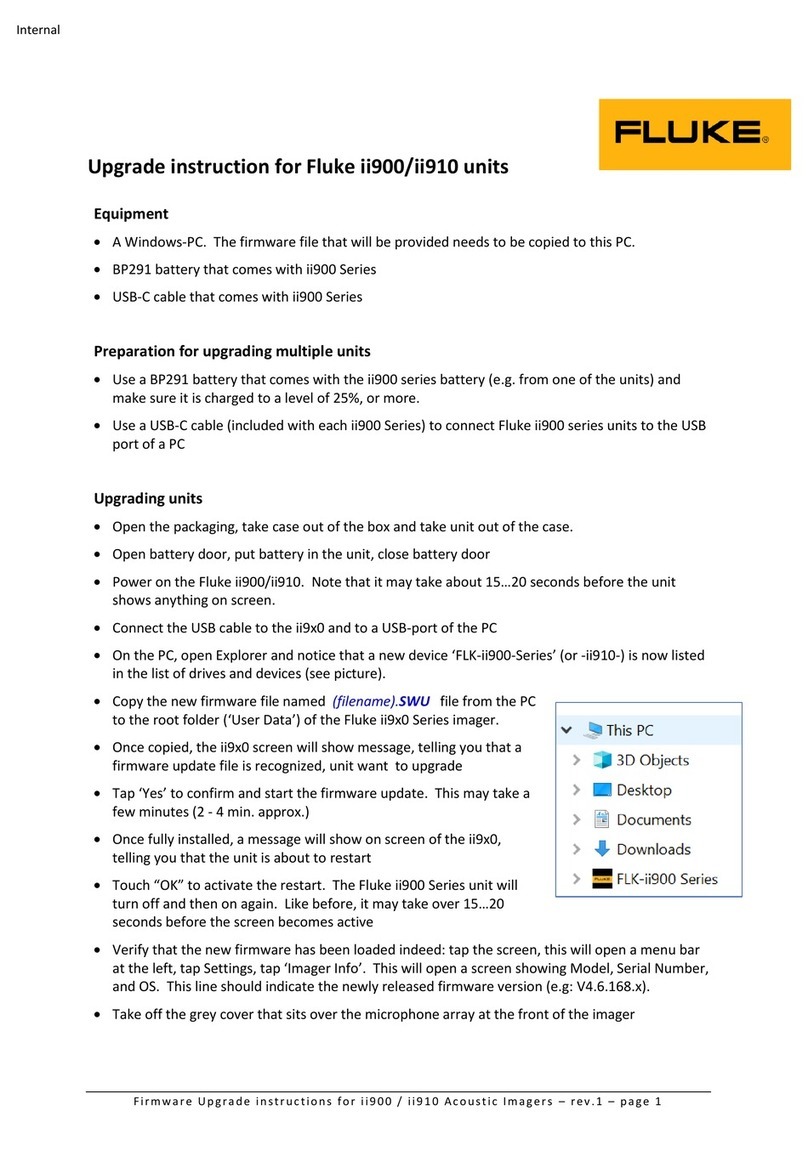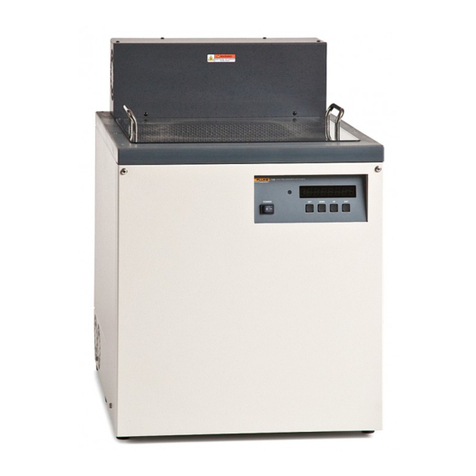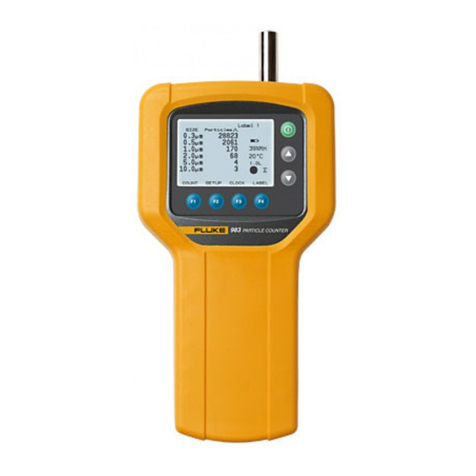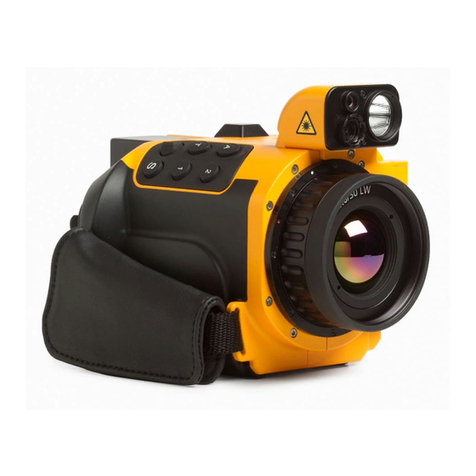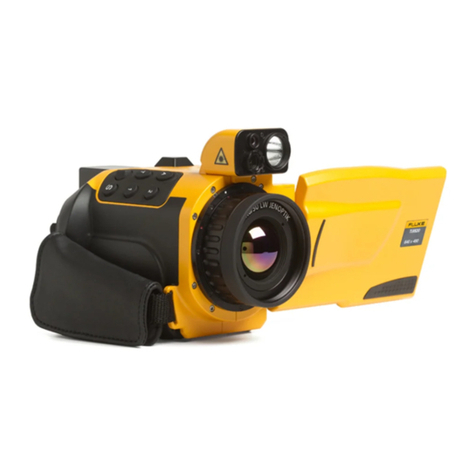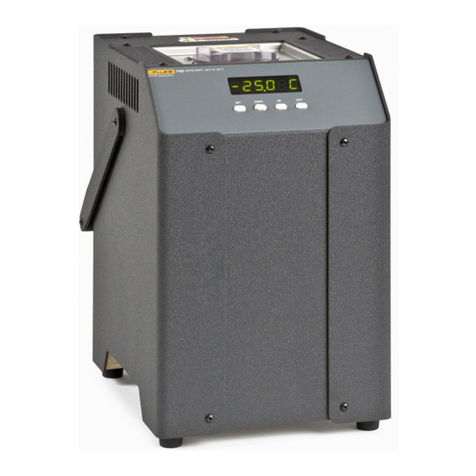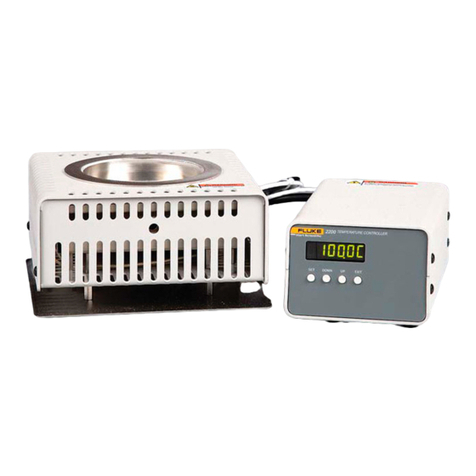
7341
Users Guide
ii
7 Parts and Controls .............................................................................. 7-1
Front Control Panel............................................................................................ 7-3
Back Panel ......................................................................................................... 7-3
Fluid Expansion Reservoir................................................................................. 7-3
8 General Operation ............................................................................... 8-1
Heat Transfer Fluid............................................................................................ 8-3
Temperature Range ....................................................................................... 8-3
Viscosity........................................................................................................ 8-3
Specific Heat ................................................................................................. 8-3
Thermal Conductivity.................................................................................... 8-3
Thermal Expansion........................................................................................ 8-3
Electrical Resistivity...................................................................................... 8-4
Fluid Lifetime................................................................................................ 8-4
Safety............................................................................................................. 8-4
Cost................................................................................................................ 8-5
Commonly Used Fluids................................................................................. 8-5
Water......................................................................................................... 8-5
Ethylene Glycol......................................................................................... 8-5
Mineral Oil................................................................................................ 8-5
Silicone Oil ............................................................................................... 8-6
Fluid Characteristics Charts........................................................................... 8-6
Limitations and Disclaimer ....................................................................... 8-6
About the Chart ......................................................................................... 8-8
Stirring ............................................................................................................... 8-10
Power ................................................................................................................. 8-10
Heater................................................................................................................. 8-10
Temperature Controller...................................................................................... 8-10
Refrigeration ...................................................................................................... 8-11
9 Controller Operation ........................................................................... 9-1
Bath Temperature .............................................................................................. 9-3
Reset Cutout....................................................................................................... 9-3
Temperature Set-point ....................................................................................... 9-5
Programmable Set-points .............................................................................. 9-5
Set-point Value.............................................................................................. 9-5
Set-point Vernier ........................................................................................... 9-6
Scan.................................................................................................................... 9-6
Scan Control .................................................................................................. 9-6
lScan Rate...................................................................................................... 9-6
Temperature Scale Units.................................................................................... 9-7
Ramp and Soak Program ................................................................................... 9-7
Number of Program Set-points...................................................................... 9-7
Set-points....................................................................................................... 9-8
Program Soak Time....................................................................................... 9-8
Program Function Mode................................................................................ 9-8
Program Control ............................................................................................ 9-9
Secondary Menu ................................................................................................ 9-9
Heater Power...................................................................................................... 9-9
Proportional Band .............................................................................................. 9-10
Cutout ................................................................................................................ 9-12
Controller Configuration.................................................................................... 9-13
Probe Parameters ............................................................................................... 9-13
R0 ..................................................................................................................
9-13

